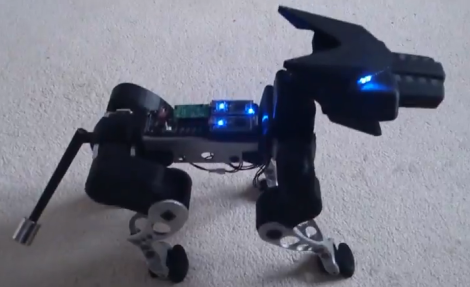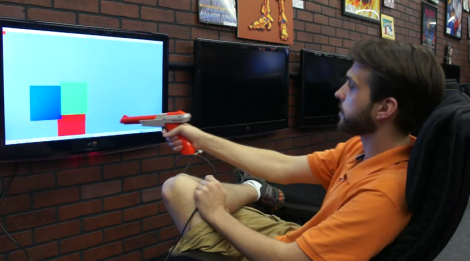
[Viktor] dredged up a hack he pulled off years ago. His grandfather likes to end the day in front of the TV, but he falls asleep soon after sitting down. Rather than tick away the electricity meter all night, [Viktor] built an automatic shutoff which is akin to a modern TV’s sleep feature.
At the time microcontrollers were not as easy to source as they are now. So [Viktor] used a circuit based on the 7400 family of logic chips. It uses a multivibrator to feed some binary counter chips. These are used to divide the oscillations to establish the desired timing. He tuned the system to be about 15 minutes, but that can be adjusted using a potentiometer built into the multivibrator. When time is about the run out an LED next to the TV comes on. This way if [Viktor’s] grandfather is still awake he can press a button next to his chair to reset the counter. But if he’s already snoozing the counter will eventually switch off the television.















